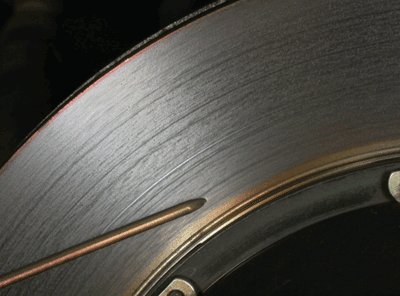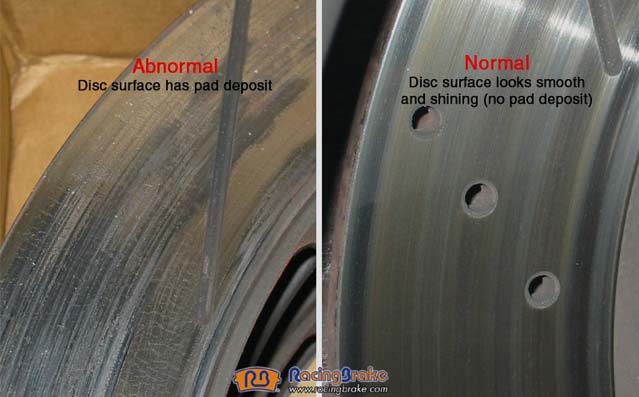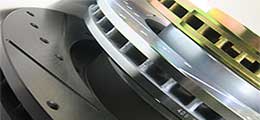 Having your Rotors bedded in is vital –especially if you want a car that exudes excellence in performance and efficiency on the road. This same rule applies if you bought a new brake kit, new brake pads, brake rotors, or even a new car.
Having your Rotors bedded in is vital –especially if you want a car that exudes excellence in performance and efficiency on the road. This same rule applies if you bought a new brake kit, new brake pads, brake rotors, or even a new car.
What Is Brake Rotor Bed In?
Brake rotor bed in or break-in, is the burnishing or conditioning of the brakes. It is actually a process which has been designed to “season” or to ensure that your braking system performs at its optimum level.
*Source: turbodieselregister.com
This process is usually completed by evenly applying or transferring a layer of brake pad material on the rotor’s friction surface. The purpose of this is to ensure that there are no pad deposits on the rotor face, which can cause an uneven application of the brakes.
Why Do I Need To Bed In My Brakes?
One of the most viable reasons as to why you should bed in or break in your brakes is to eliminate the existence of uneven pad deposits. Uneven pad deposits may cause shuddering or vibrations during braking and may cause more problems down the line. Hence, bedding in your brakes will result in higher efficiency and more protection against wear.
It is also worth noting that at first, having an uneven transfer layer on your brakes is not easy to notice – this will certainly lead to more vibrations and judders if left unattended. Studies have shown that even the smallest fraction of thickness variation in a brake’s transfer layer may cause obvious and evident vibrations over time. What makes this even worse is that it may result to the formation of hard spots on the rotor, which are virtually impossible to remove. Resurfacing a rotor may restore the surface, but hard spots run deep into the rotor and they may reappear after a few thousand miles.

Bedding In Procedures
Before deciding to bed in your brakes, it would be wise if you read the proper procedures as provided by your rotor's manufacturer first. Otherwise, this might cause you more trouble than you bargained for.
You might also want to take note that newly-installed rotors, pads or brake kits will usually have minimal braking power during the first few applications. So, you might want to consider applying your brakes gently first for numerous times before going all out. You obviously do not want to go 60-80 mph with brakes that will not hold as strongly as you would want them to.
If the rotors that you just installed have cadmium or zinc plating, or if they have been applied with phosphate coating or an anti-corrosion solution – then you might want to put your bed-in plans on hold until the rotors have been cleaned accordingly. You can do this by regularly driving in normal speeds before the brake in or you can wash the solutions off. Again, the goal here is to make sure that you do not get into any unwanted accidents while bedding in.
After preparing for your brake rotor bed in (reading manufacturer’s recommendations, making sure that your brake pads and rotors are compatible, and having clean rotors), then you can now proceed. Here are the basic steps for a safe and efficient brake in:
1. While driving at an average speed of 50-60 kph, gently apply your brakes using moderate pressure for around 8 to 10 times – but do this only to slow down and not to come for a full stop.
2. Next, is to drive at an average speed of 60-70 kph and try to slow down for around 2 to 3 times – and again, not for a full stop. However, this time, apply heavy pressure on your brakes.
3. Never drag your brakes. This will only cause more serious problems in the long run.
4. After the bed in, let your brake system rest and cool down for 15 minutes. After this step, your brakes have been broken-in and you can now resume to your normal driving.
These are just some of the things that you might want to know about brake rotor bed in. Follow them accordingly and you can expect to have a smoother and more efficient braking system and a better driving experience.










Kennedir Tappea
posted on May 6, 2012 9:13:16 PM